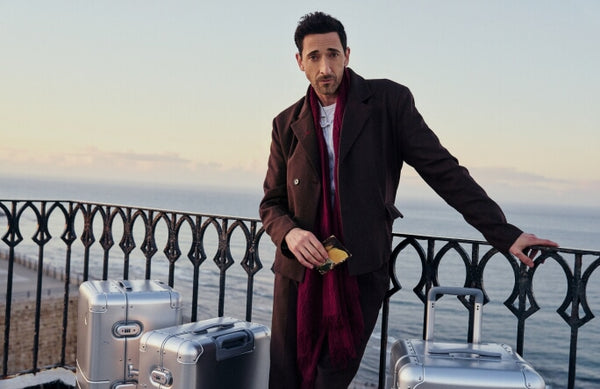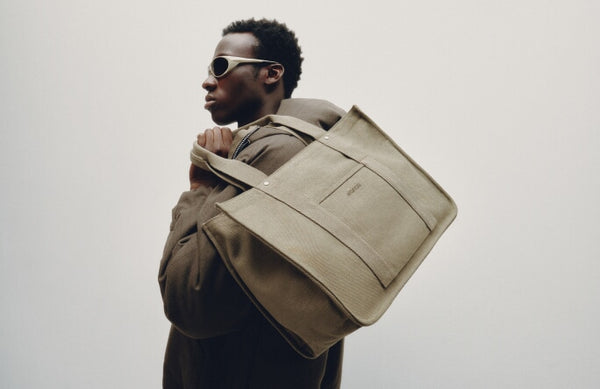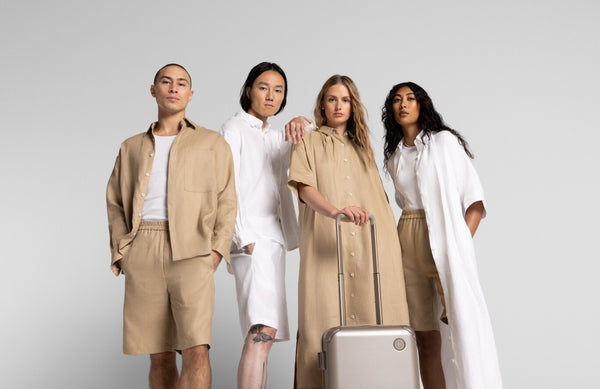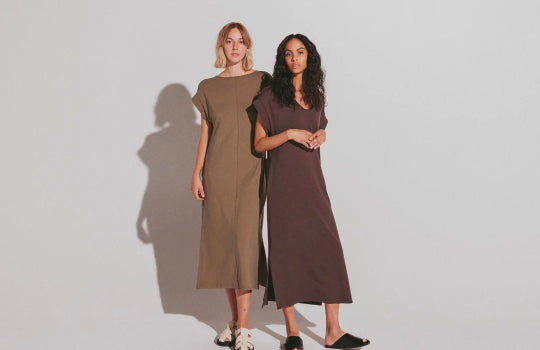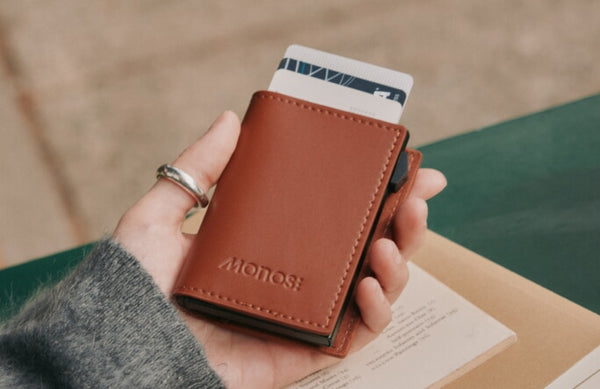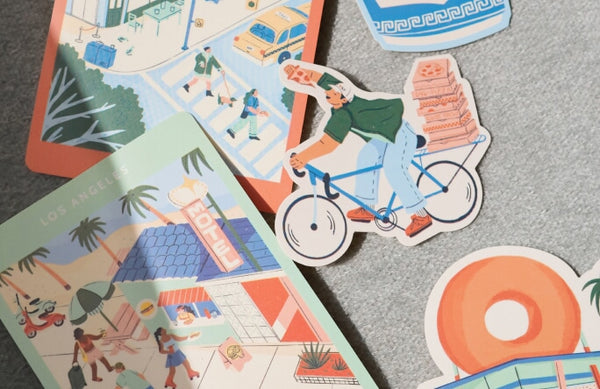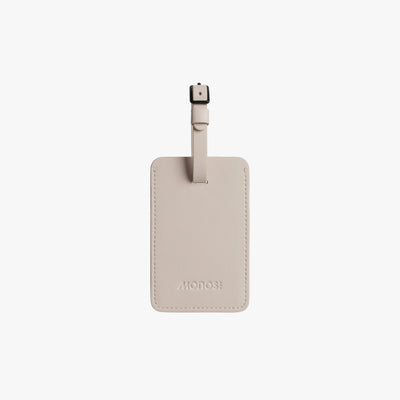
My flat looks out onto a square in town. I can hear sellers setting up their booths for the market early on Saturdays and Sundays. By midday, I watch locals and visitors potter around each stall, looking at record collections, vintage jewellery, baked goods, and other artisanal crafts and gifts. We share this square with the local museum, and across the porthole walkway, music from the café and the bookshop can be heard. There are two large trees with benches beneath each canopy where seniors frequently rest, and a pub next door with picnic tables and umbrellas where patrons spill out on sunny days. At night, the string lights outside the pub cast a glow into my bedroom window. I often look out over the square, and with each new tableau that offers me a look into people’s daily goings-on, I’m reminded of the importance of third places.

Third places are essential components of communities. As defined in The Great Good Place by Ray Oldenburg, a 1989 sociological study that explores their importance in contemporary society, third places are public spaces outside the home and work, where people gather and socialize in a relaxed and informal setting. Common examples of third places include cafés, bars, parks, and community centres, but any space that inhabits a few characteristics outlined by Oldenburg can be a third place. The first and most pertinent is neutral ground.
Oldenburg writes that for cities and their neighbourhoods to offer the rich and varied association that is both their promise and potential, there must be neutral ground upon which people gather. There must be places where individuals may come and go as they please, where none are required to play host, and where all feel at home and comfortable. If there is neutral ground in people’s neighbourhoods, associations outside the house will be well-spent. Otherwise, neighbours will never meet if there is no place for them to do so. Where neutral ground is available, it makes possible more informal, even intimate, relations among people than could be entertained in the home.

Oldenburg also impresses that third places are inclusive levellers by nature. They’re accessible to the general public and do not set formal criteria for membership and exclusion. Traditionally, third places keep long hours to accommodate people when released from their responsibilities elsewhere. The persistent mood of third places is playful, where conversation is the main activity. “Nothing more clearly indicates a third place than that the talk there is good; that it is lively, scintillating, colourful, and engaging,” Oldenburg writes. All told, a third place is meant to act as a home away from home, inviting regulars with its warmth. “Warmth emerges out of friendliness, support, and mutual concern,” he notes. “It radiates from the combination of cheerfulness and companionship, and it enhances the sense of being alive.”

Understanding the importance of third places in fostering a sense of community is crucial. As a traveller, third places also present a valuable entry to local life. Because these places serve as spaces where individuals can come together and connect with others, they create a sense of belonging even when passing through. When exploring new destinations, meeting people with similar interests can be difficult. However, third places can act as a resource for connecting with locals and fellow travellers who share your values and passions. Regularly visiting coffee shops, libraries, or community centres can establish meaningful relationships that provide deeper insight into the local culture. So, if you’re seeking to expand your social circle while on the go, remember to leverage the power of third places in building lasting connections. ■

